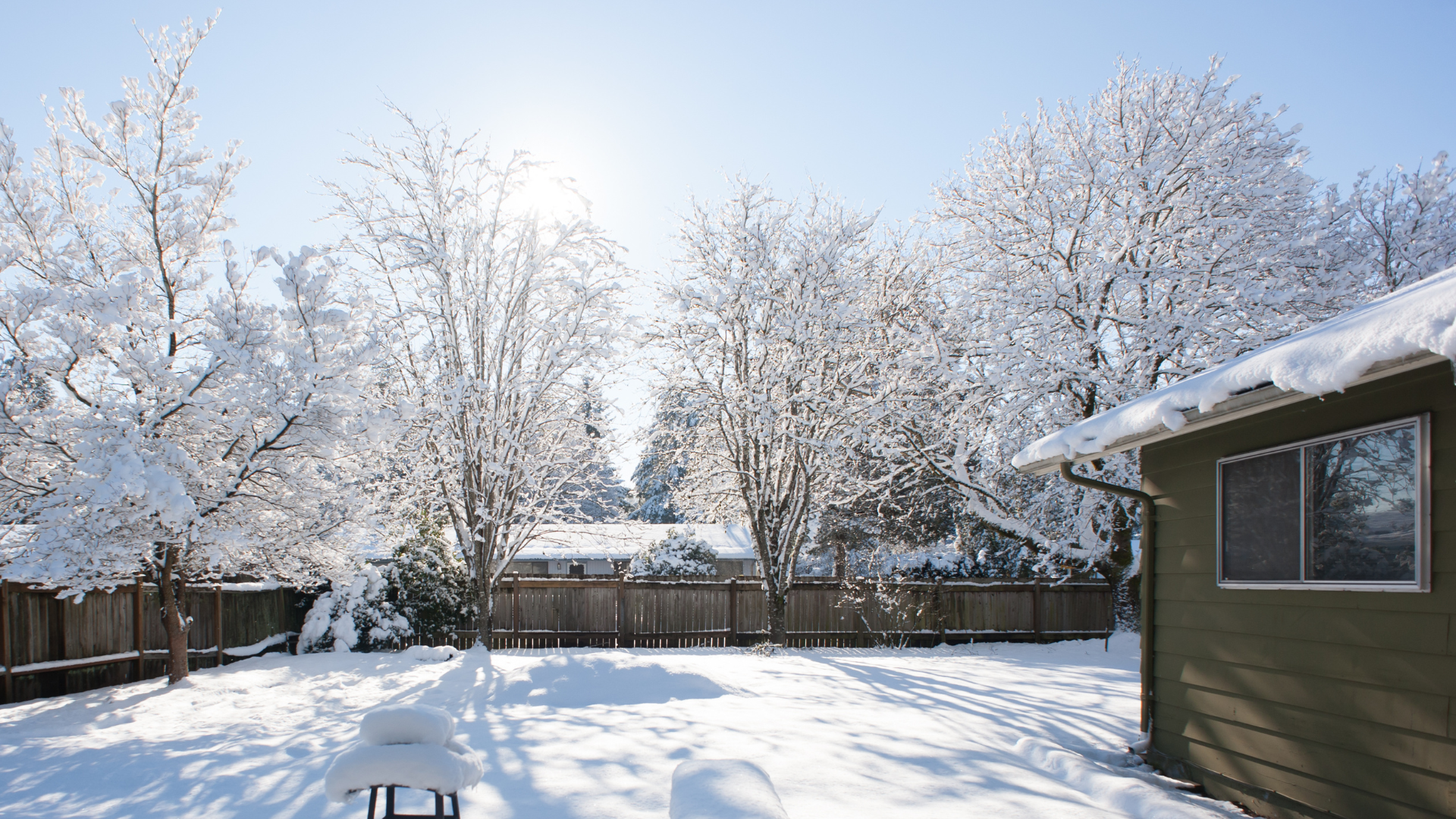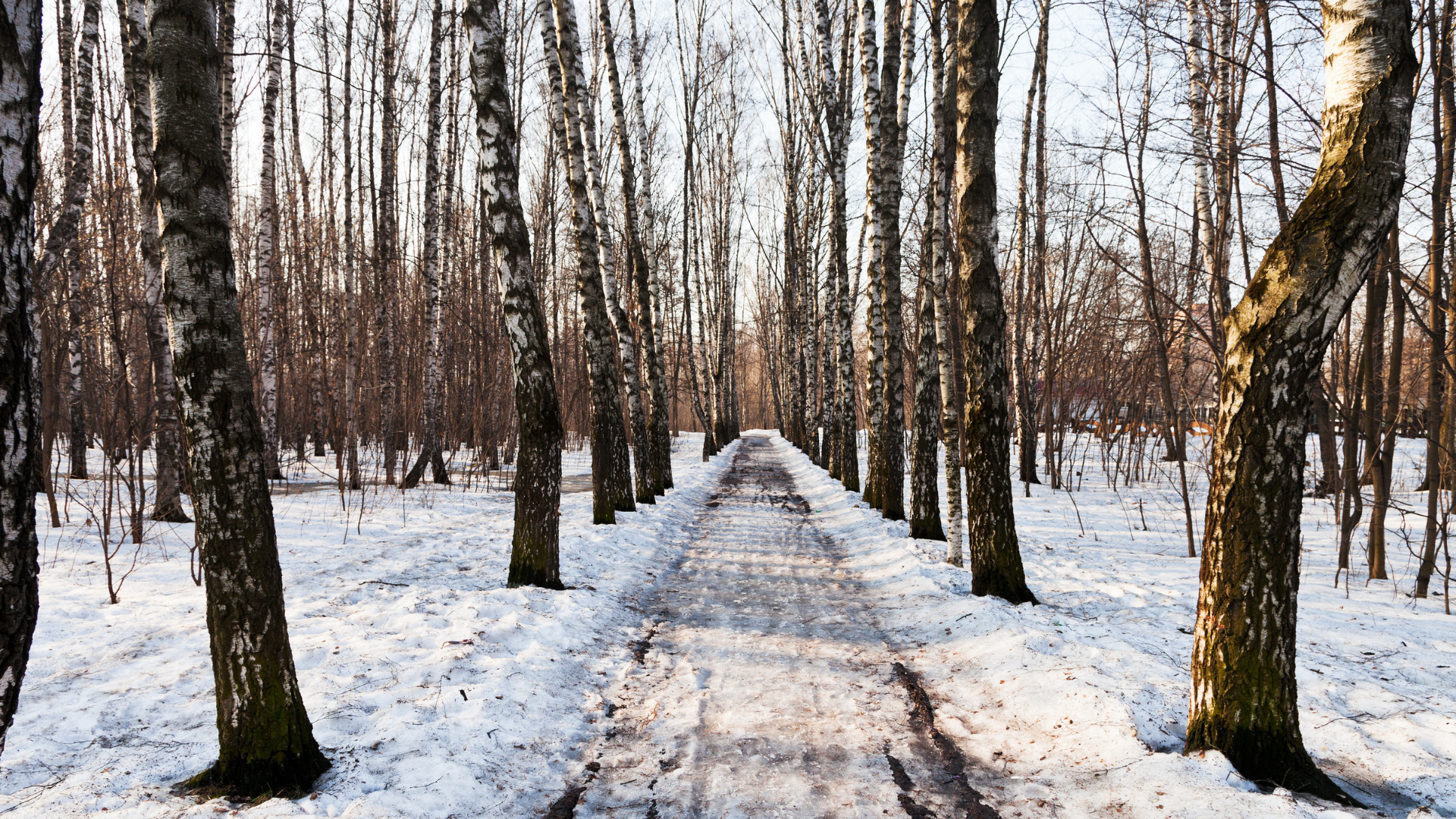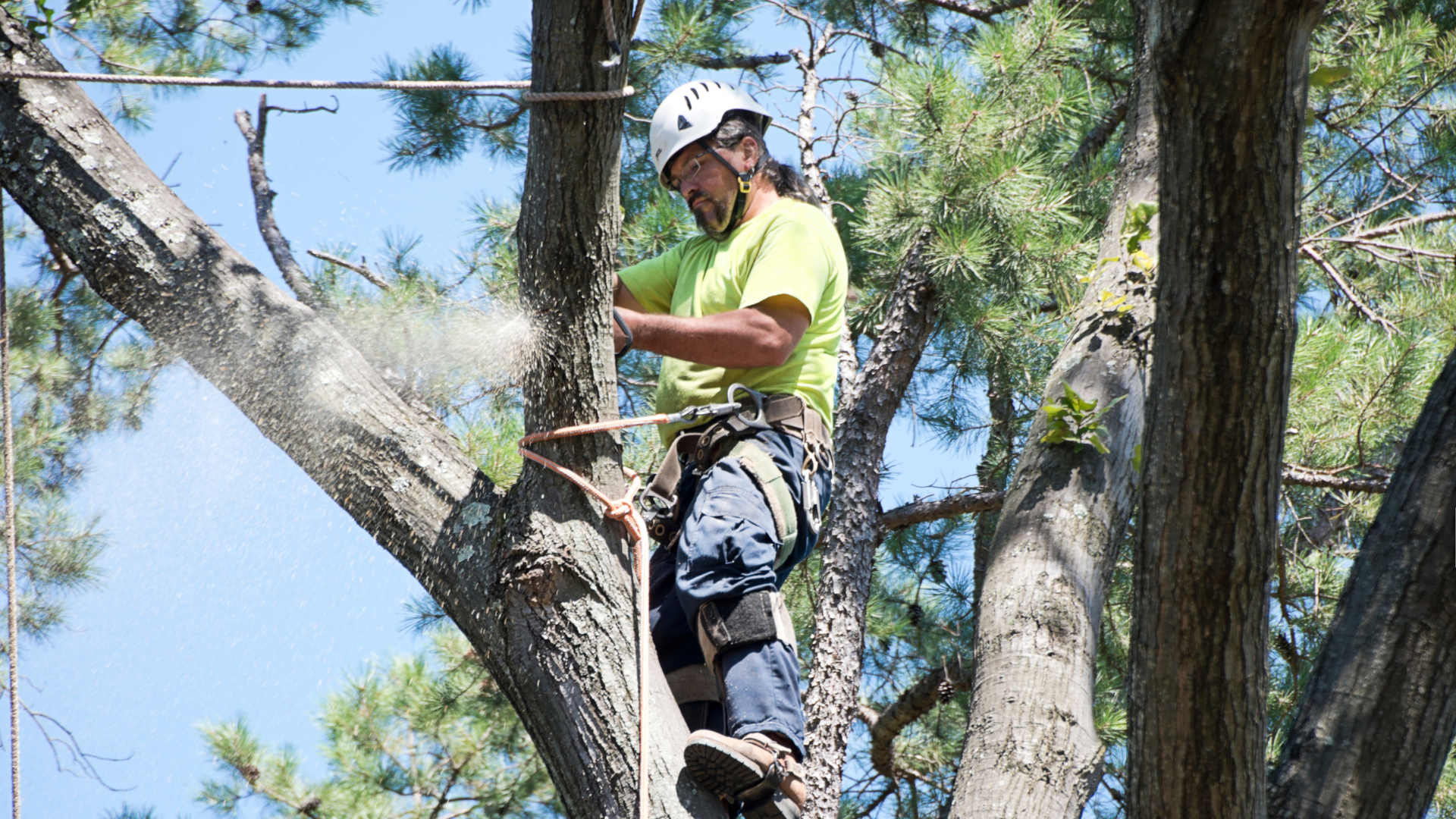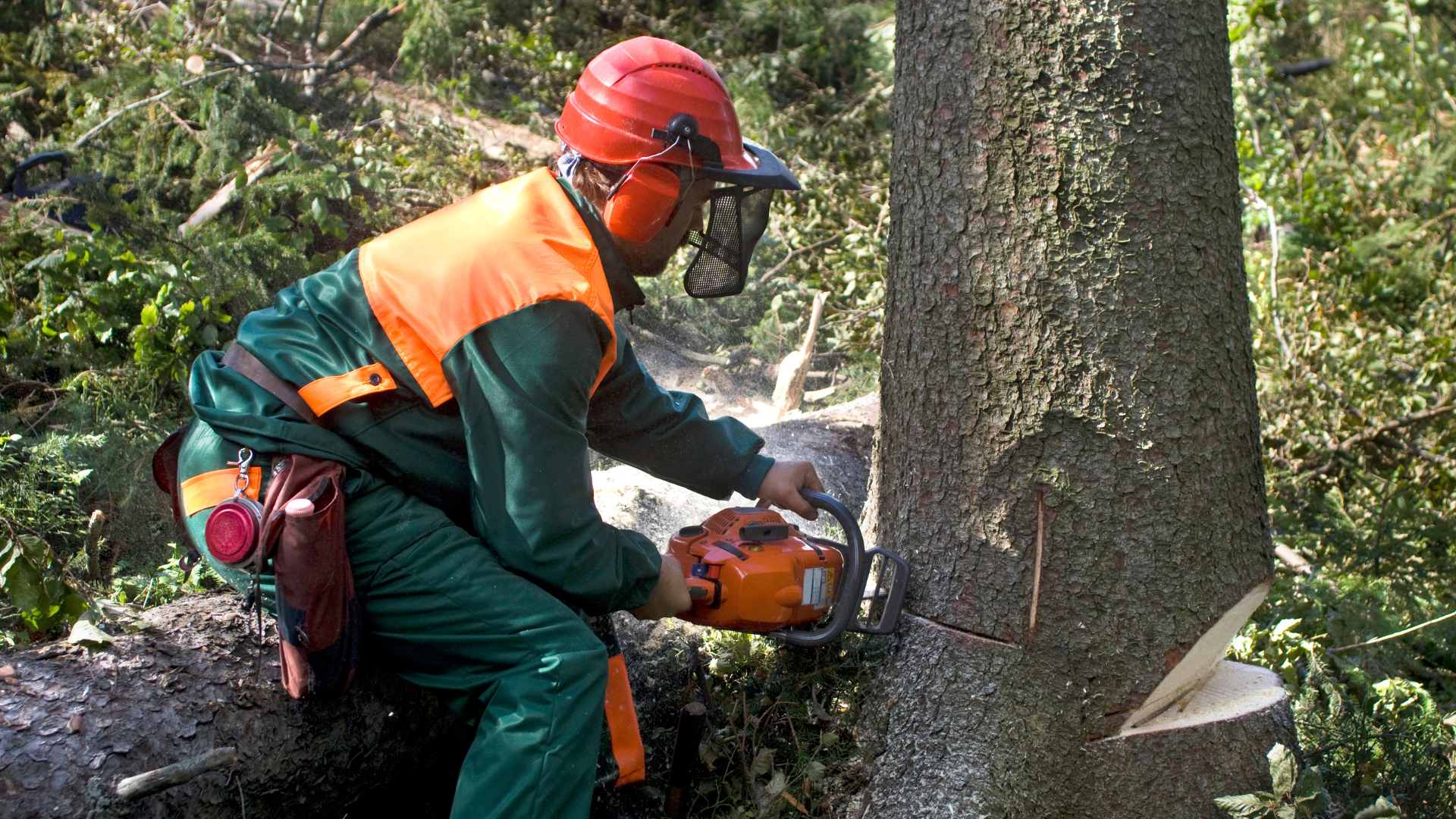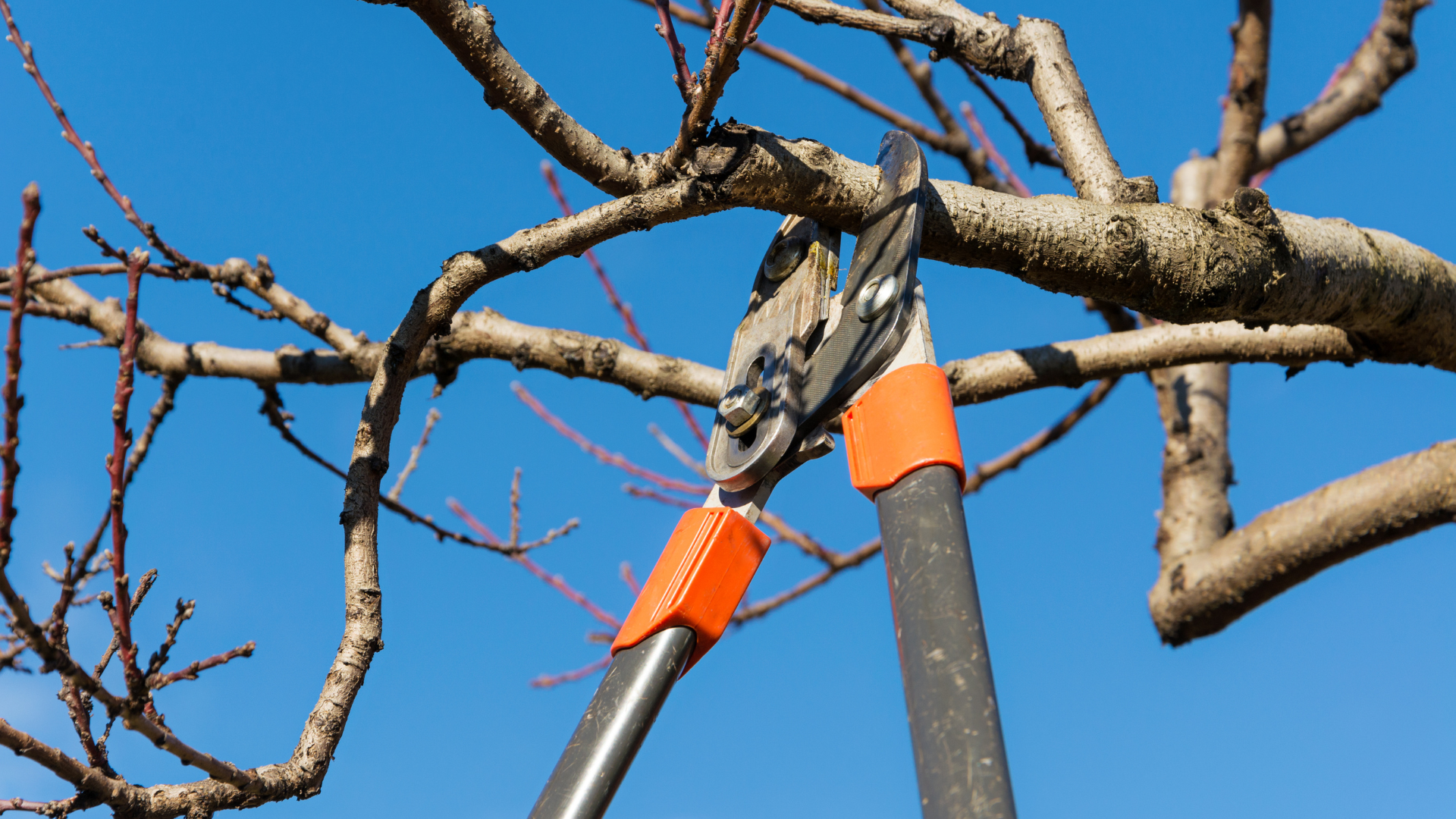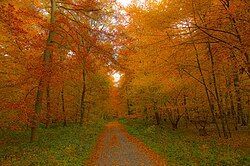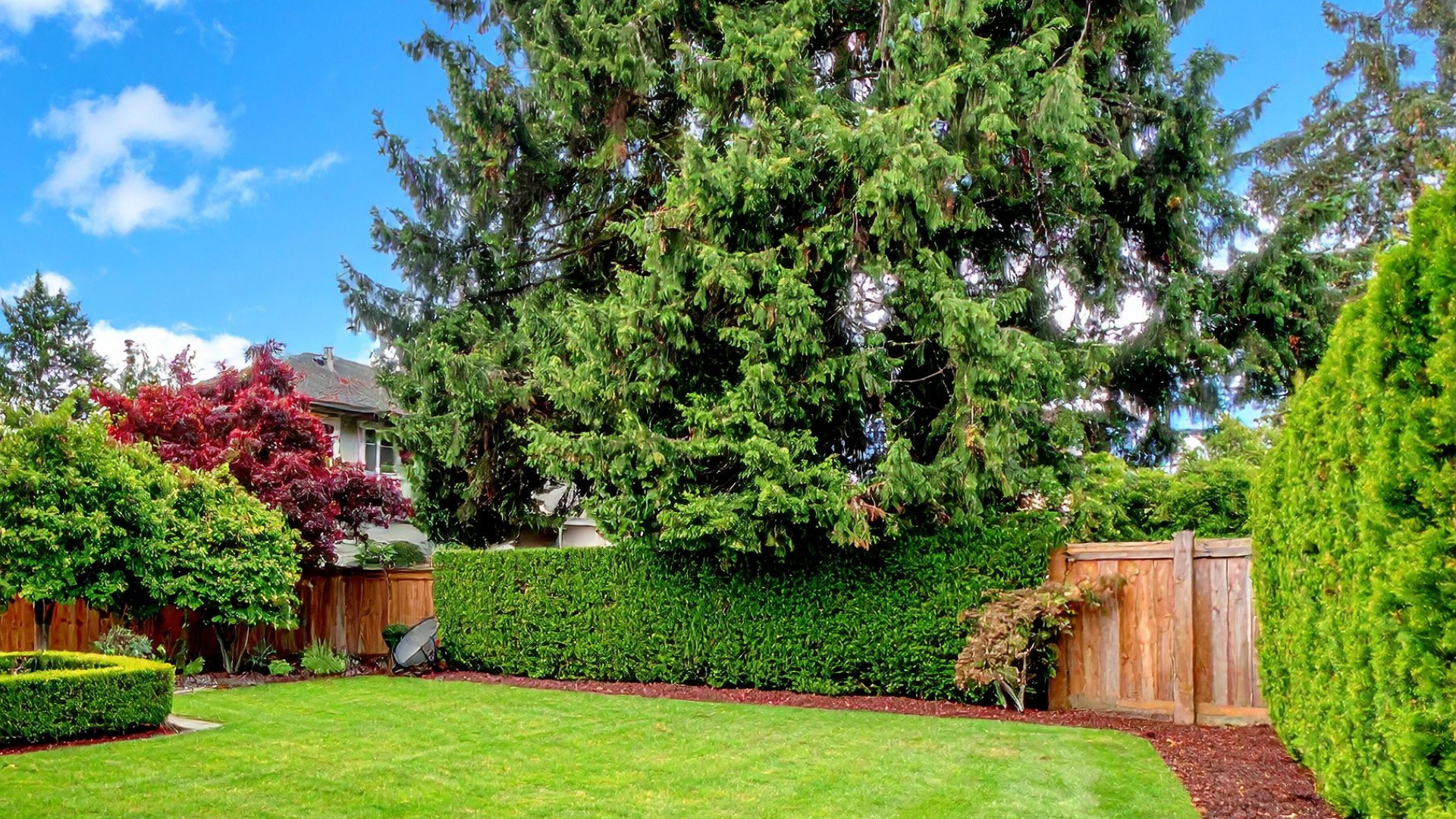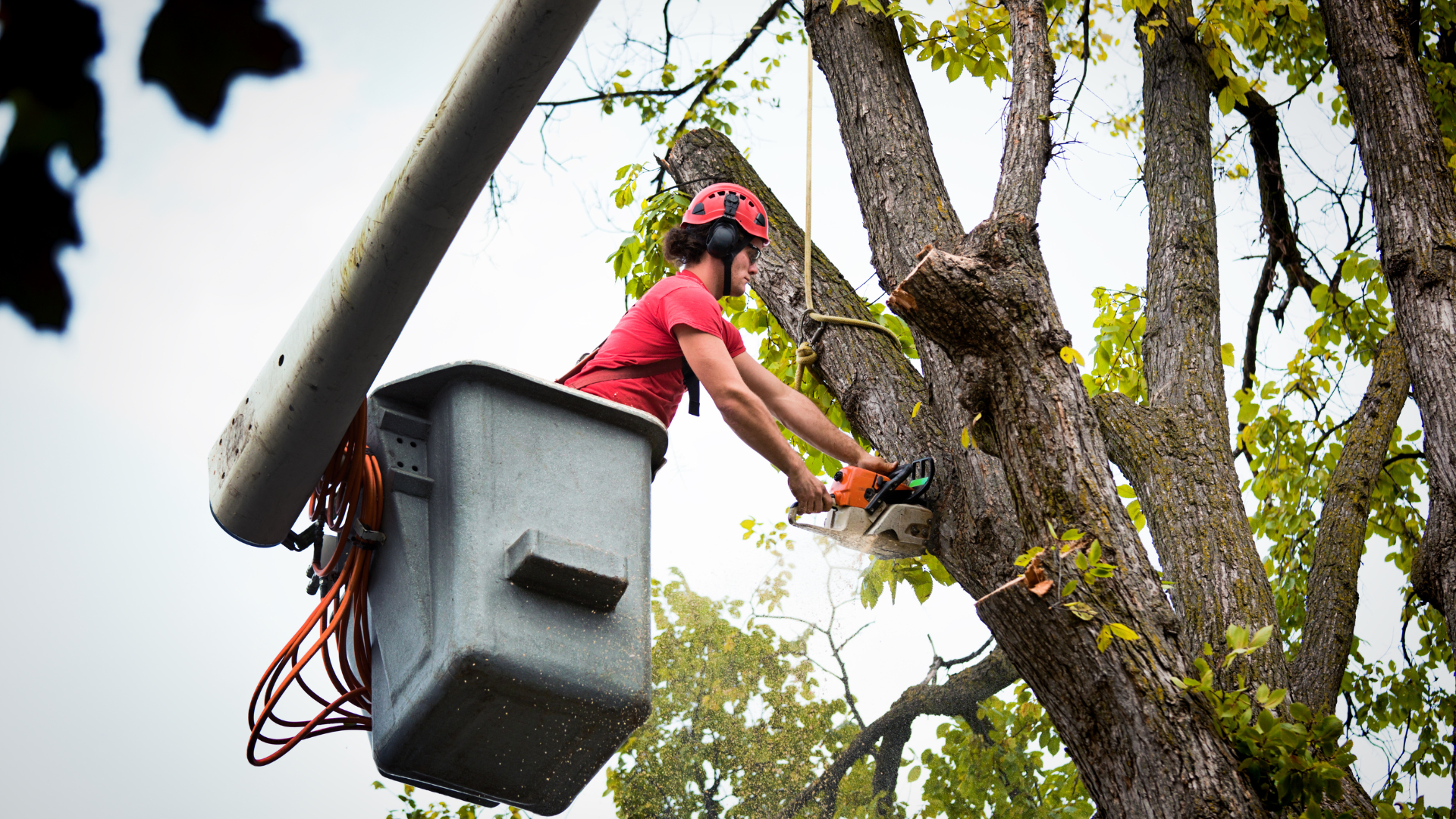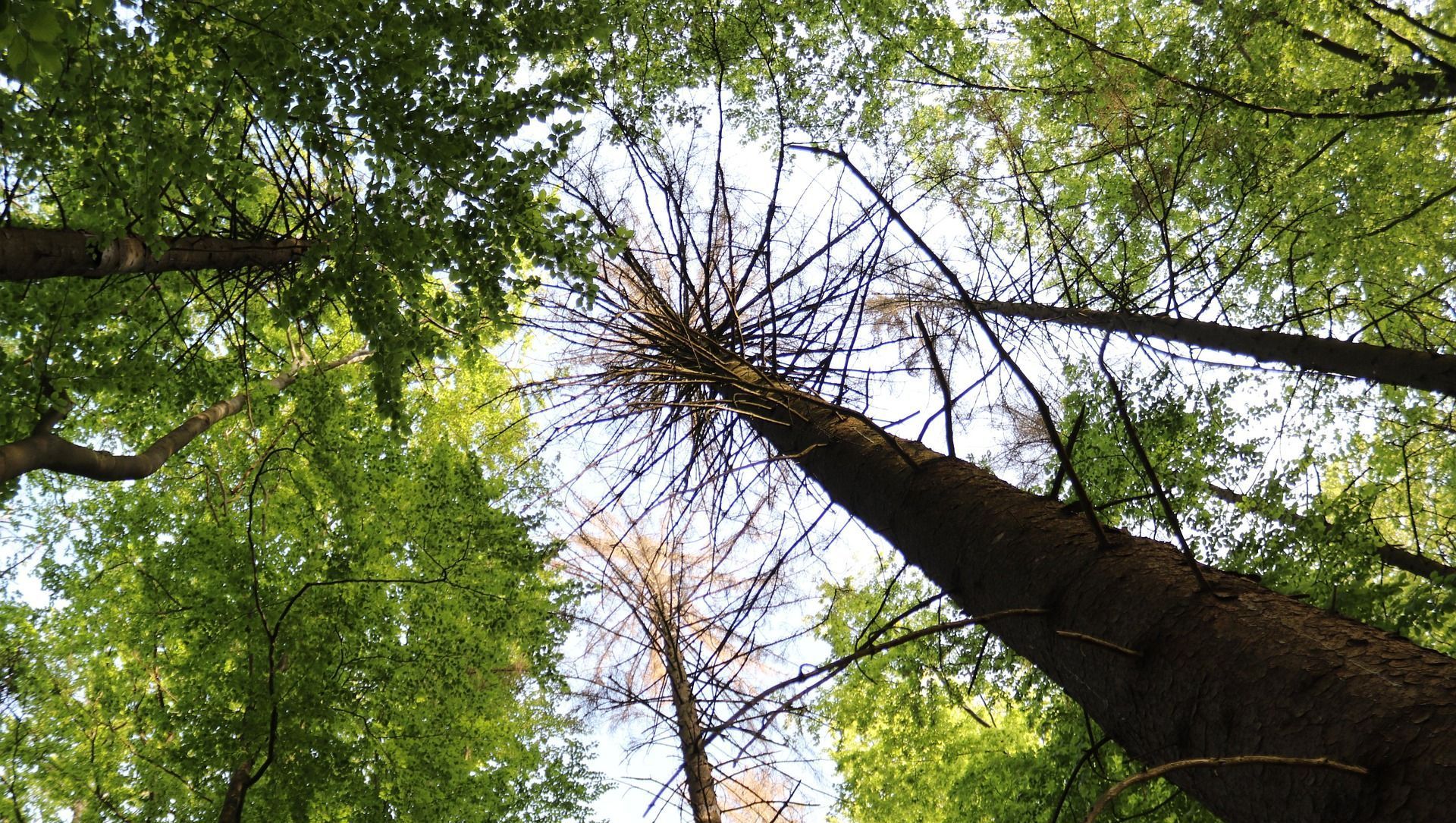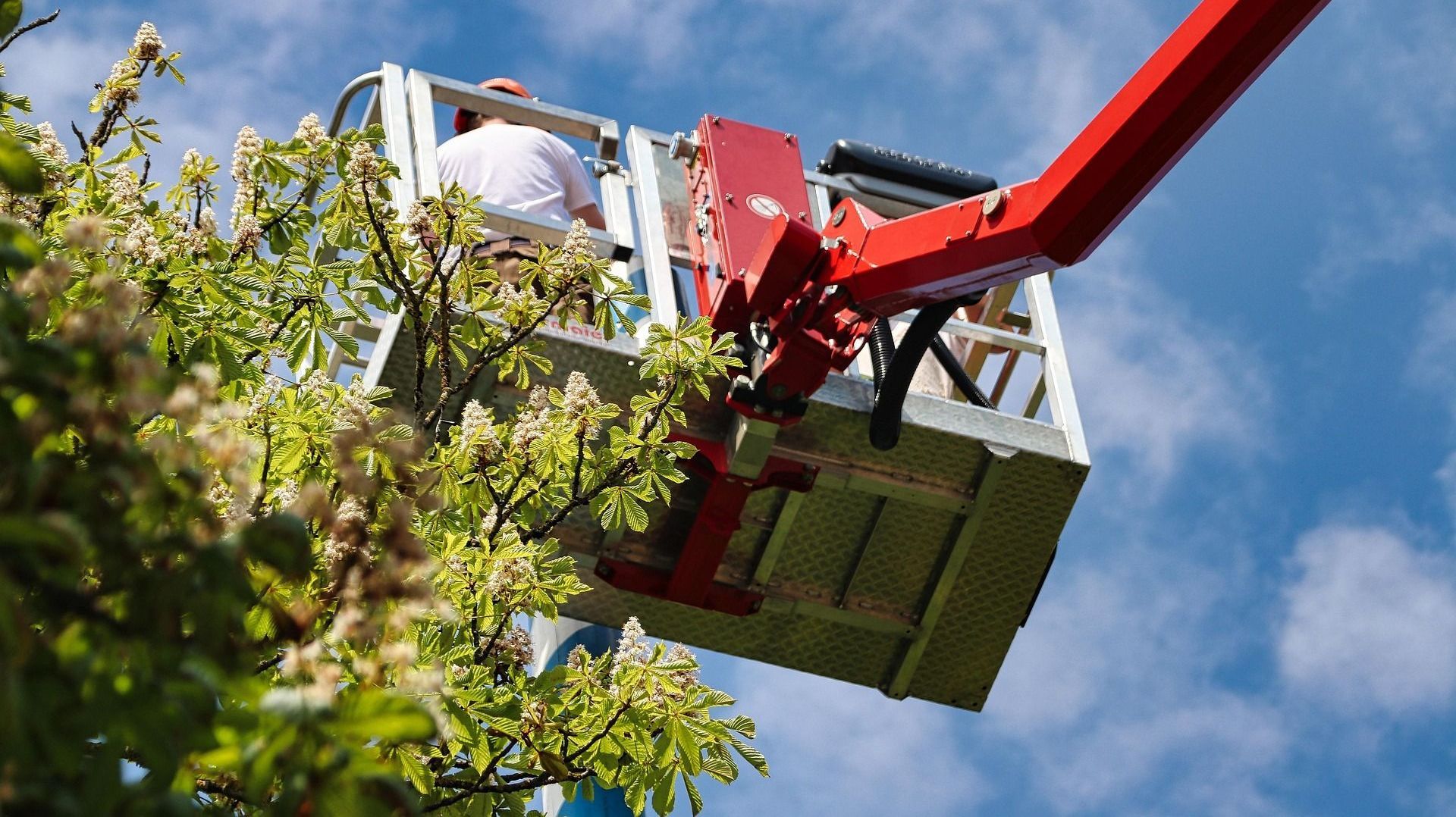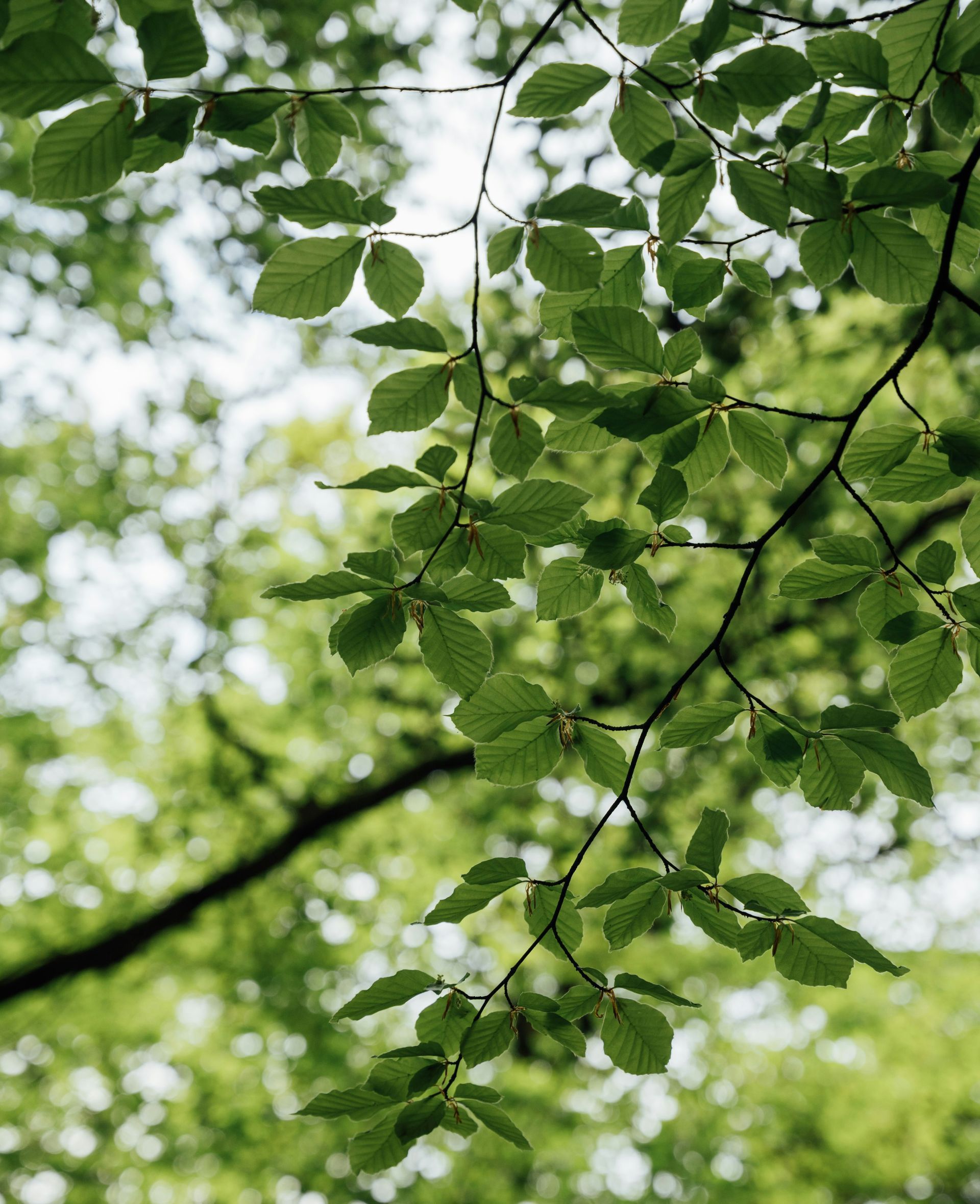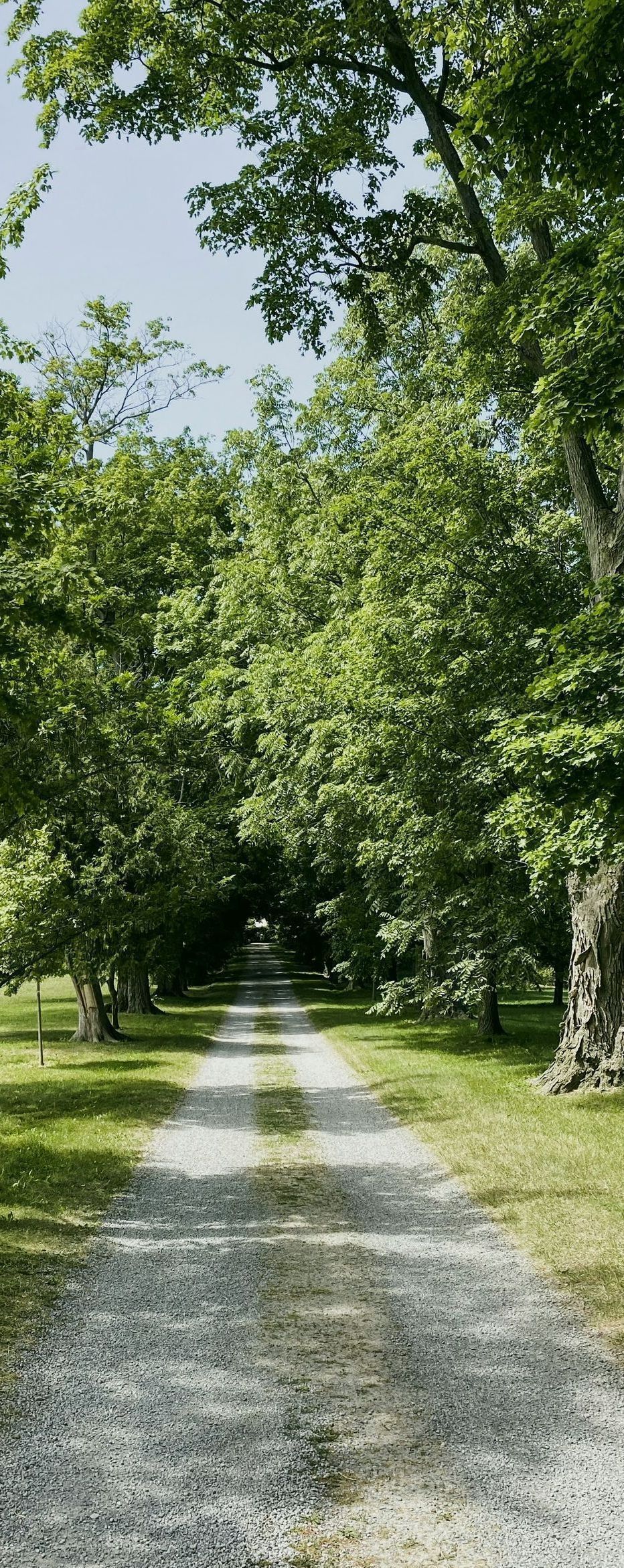The Difference Between Deadwood Pruning and Canopy Reduction
Not All Tree Trimming Is the Same
At Midwest Tree Surgeons, we often hear clients use the terms “pruning” and “trimming” as if they mean the same thing. While both involve removing branches from a tree, the purpose, timing, and results of different pruning techniques can vary significantly. Two of the most common approaches we use are deadwood pruning and canopy reduction. These services are not interchangeable, and knowing the difference can help you decide what your trees need to remain healthy, safe, and visually appealing.
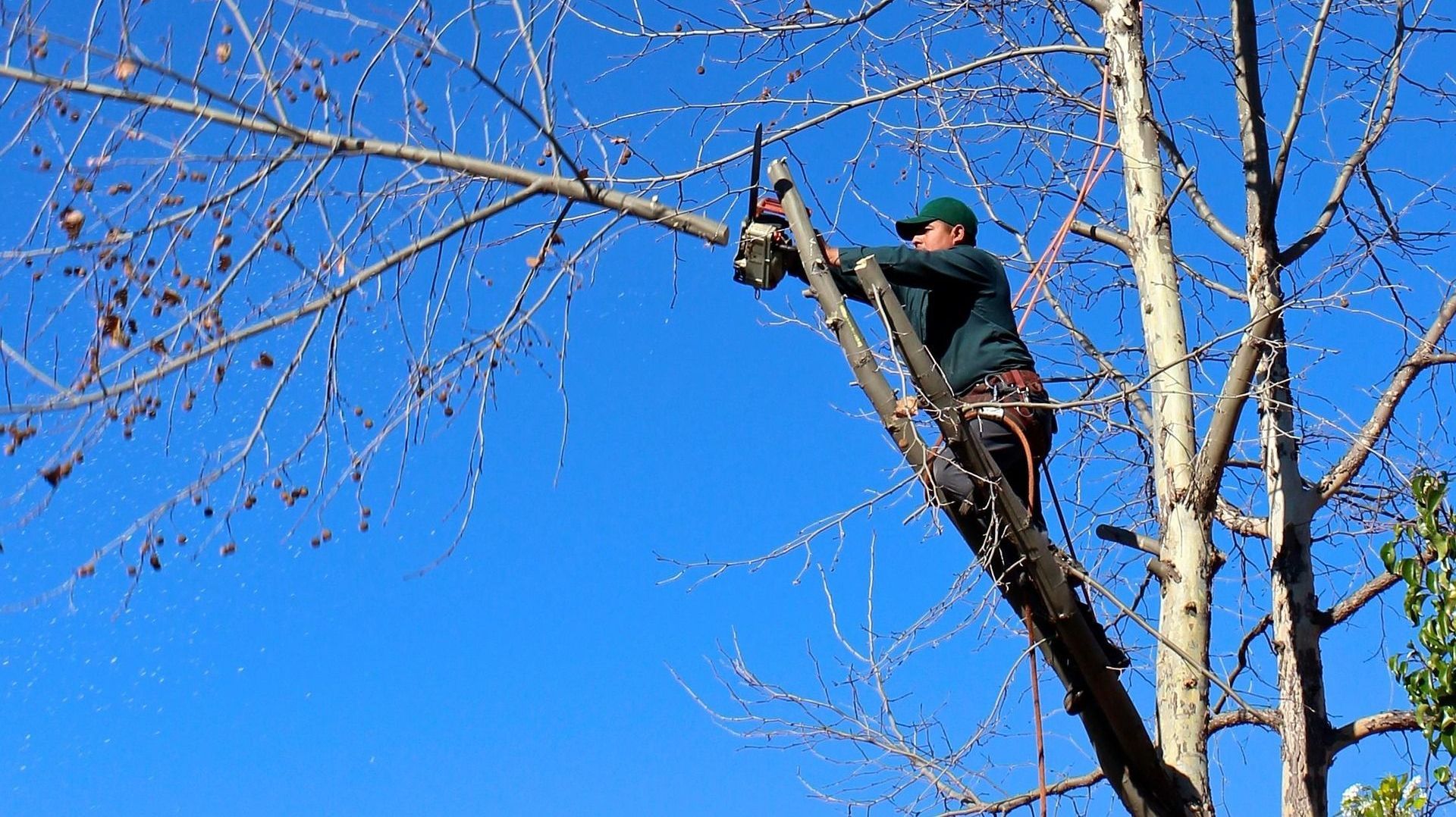
What Is Deadwood Pruning
Deadwood pruning is the process of removing branches that are no longer alive. Dead branches may develop because of disease, insect damage, age, storm injury, or insufficient sunlight reaching certain parts of the tree. While dead branches might seem harmless at first, they can pose serious safety hazards. They are far more likely to break and fall during high winds or storms, which can put people, property, and vehicles at risk.
From a health perspective, dead branches can also serve as entry points for pests and decay-causing organisms. By removing them, we reduce the chances of these threats spreading to healthy parts of the tree. When we perform
deadwood pruning, we make careful cuts that protect the living tissue of the tree, supporting its ability to seal wounds naturally and redirect energy toward new growth.
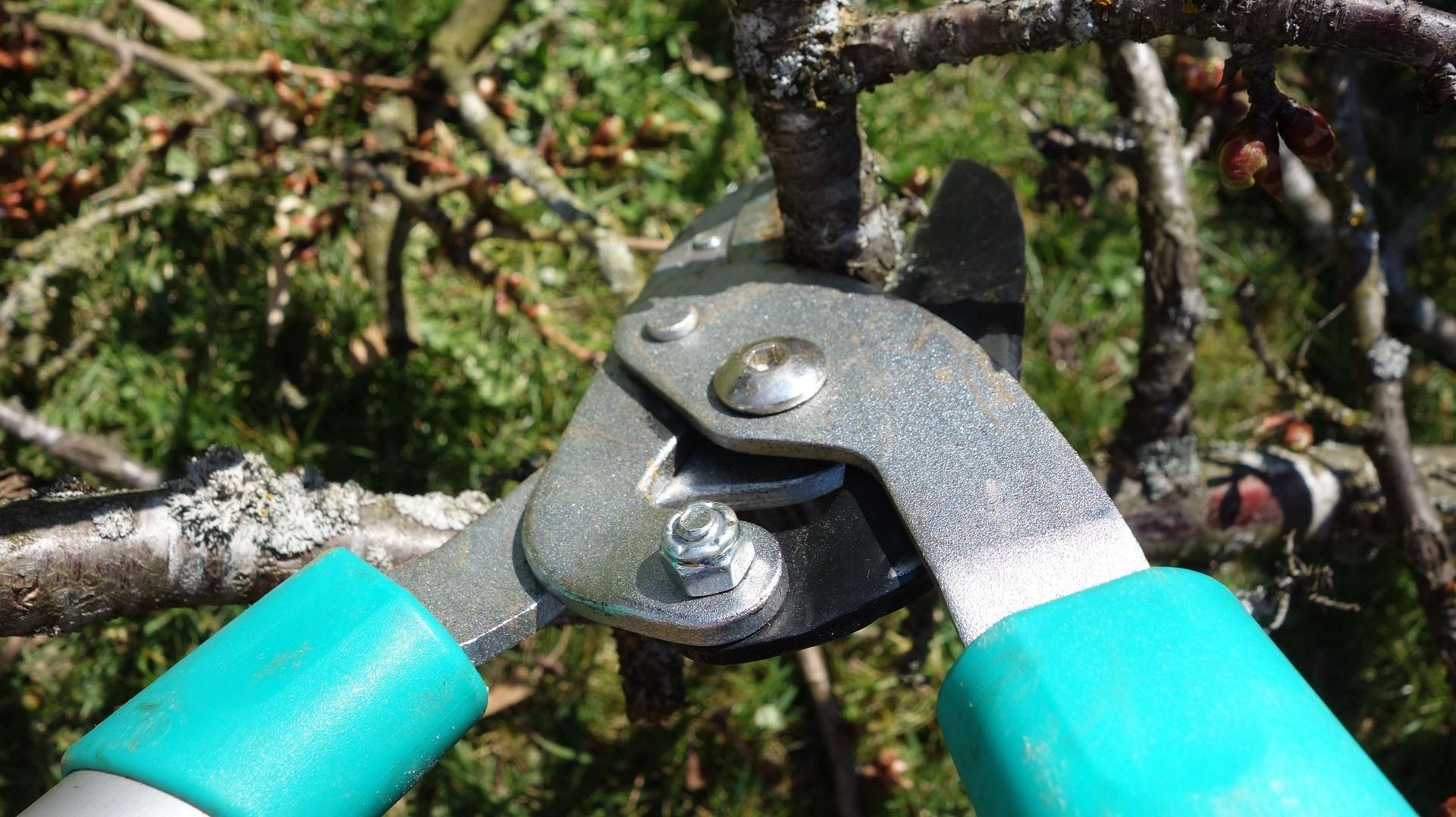
What Is Canopy Reduction
Canopy reduction is a different type of pruning that focuses on reducing the overall size, height, or spread of a tree’s crown. Instead of removing only dead material, this process involves selectively cutting live branches to reshape the tree, improve structural balance, or reduce the weight of extended limbs.
This technique is often used when a tree has grown too close to buildings, power lines, or other trees. It can also be beneficial for improving sunlight penetration and airflow through the canopy, which can create a healthier environment for both the tree and nearby plants. Canopy reduction can reduce the risk of storm damage by limiting the sail effect, where a dense canopy catches wind like a sail and places stress on the trunk and root system.
Our approach to
canopy reduction is conservative and precise. We avoid removing too much foliage at one time, as over-pruning can stress the tree, make it more susceptible to pests or disease, and alter its natural shape.
When Deadwood Pruning Is the Best Option
Deadwood pruning is typically recommended when:
- The tree has visible dead or decaying branches.
- Storm damage has caused broken or hazardous limbs.
- Safety concerns exist in high-traffic areas where branches could fall.
- The tree is otherwise healthy and does not require structural size adjustments.
When Canopy Reduction Is the Best Option
Canopy reduction is generally the right choice when:
- A tree’s branches are obstructing structures, sidewalks, or driveways.
- Too much shade is limiting the health of lawns or gardens.
- The canopy is overly dense, restricting airflow and light penetration.
- Heavy limbs extend too far from the trunk, creating a structural risk.
Combining the Two Techniques
In many cases, we use both deadwood pruning and canopy reduction in the same visit. For example, we might first remove all dead branches for safety, then selectively reduce the canopy to address clearance issues or improve the tree’s overall structure. This combined approach can restore both safety and balance to the tree while promoting long-term health.
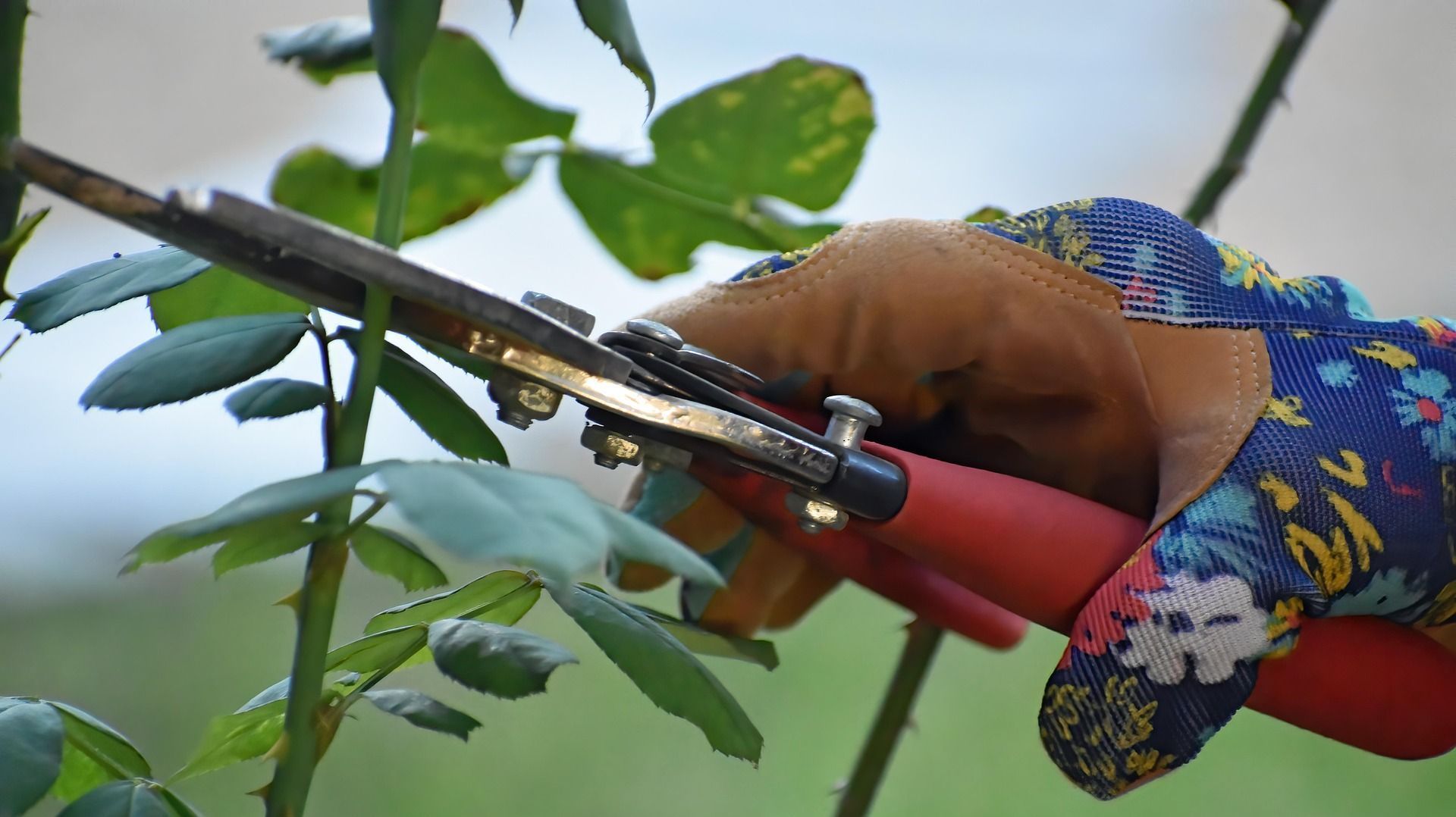
The Value of Professional Pruning
Pruning is both a science and an art. Removing too much at the wrong time or making improper cuts can permanently damage a tree. By working with certified arborists, you ensure that every cut is intentional and that the health of the tree remains the priority. Our team uses industry-standard practices, the proper equipment, and a deep understanding of tree biology to deliver safe and effective results.
At Midwest Tree Surgeons, our goal is to match the right pruning technique to the needs of each tree and property. Whether your priority is safety, aesthetics, or structural health, we can guide you toward the service that will provide the best outcome. By understanding the difference between deadwood pruning and canopy reduction, you can make informed decisions that will benefit your trees for years to come.
